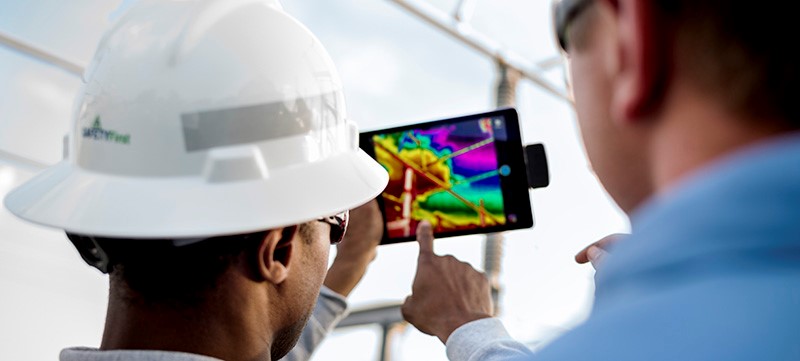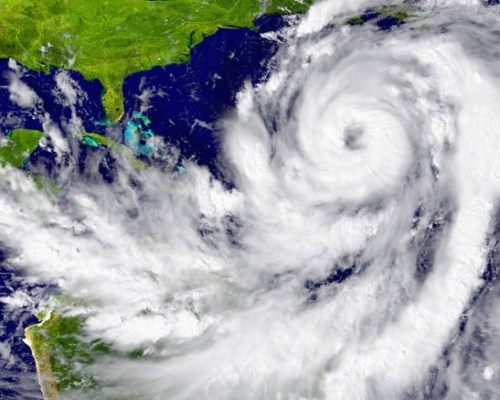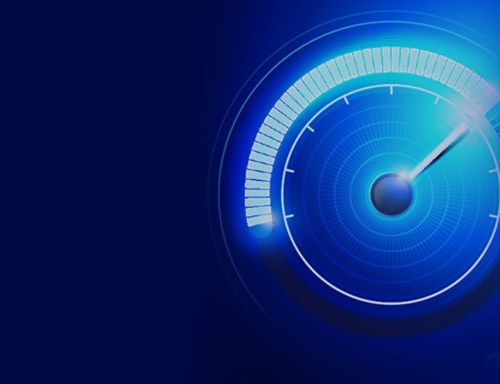What Happens When Your Resiliency Plan Fails?
We expect power to be available at the flip of a switch. Unfortunately, bad weather, animals and equipment failure across the electric grid can threaten energy access. Extreme weather events are becoming more common. That, combined with aging infrastructure, put energy systems and businesses at higher risk. The North American Electric Reliability Corporation (NERC), the nonprofit regulatory body whose mandate is to safeguard reliability of the U.S. electric grid, is also predicting higher grid vulnerability to extreme winter weather this coming season.

Forward-thinking organizations are using this time to strengthen their emergency plans. You may already have a fleet of generators installed for emergency power, but keep in mind that even backup generators fail if they aren’t monitored, properly maintained and refueled. A comprehensive emergency plan is needed to help your team know what to do and to keep your generators in top shape to help when you need them.
Worst-Case Scenario – Your Resilience System Fails You
Unfortunately, there’s a lot less data out there about failures to start and run than outage costs in general. We’ve heard stories of older systems failing to start and run to load up to 38% of the time. According to industry norms, systems fail to start and run to load around 12%-15% of the time, on average, when outages occur.
Consider this: You have a power outage and then the system fails to start. Your cost of downtime, that you invested in eliminating or drastically reducing, is counted by the minute and is growing quickly. How can you guard against this scenario?
Ask yourself:
-
- Has your facility ever been impacted by unpredicted infrastructure failure before?
- What is the financial impact of infrastructure failure or an extended loss of power?
- Has key infrastructure maintenance been delayed due to internal competition for capital?
- Do you have aging infrastructure, and have you analyzed its remaining useful life?
How can I make my business continuity plan foolproof?
Your plan should recognize potential threats and the impact they could have on everyday operations. Continuity plans help reduce threats while giving your team step-by-step instructions to keep operations up and running.
From our discussions, we’ve heard that adequate testing and ongoing maintenance are the elements that get overlooked most often in emergency plans. Now’s the time to review and renew your plans ahead of the worst of winter weather. While resilience plans are needed, many organizations are also facing losses of the technical staff needed to operate and maintain these systems. Don’t forget to take into account technical and operations staff availability or you’re only seeing half the picture.
Lack of Testing and Maintenance
As in any working continuity plan, success depends on establishing strategies, creating processes that clarify objectives, fully implementing the plan and gathering metrics to measure performance so you can see what is working and what needs to be changed.
The goal of the plan needs to include a cost-effective approach to improve resilience system performance and reliability. Testing, during implementation and ongoing over the life of the resilience system, is conducted to ensure that the system will operate as needed to support the outages as they occur. Integrated system tests, often overlooked, help uncover many issues that might arise during outages.
Ways to Reduce the Risks of Energy System Failure
Overall, focusing on testing and maintenance, as well as measuring performance, is critical to reducing system failures. Investing in and updating your continuity plan can help ensure your systems are ready to start when they’re needed. Collecting system availability metrics will let you keep a close eye on when your assets will need routine maintenance and full-scale maintenance. The specific maintenance intervals for your resilience system and associated fuel depend on the operating environment and your industry.
Here are some common issues to look out for:
-
- System controls not set to auto
- Running out of fuel
- Battery failure
- High fuel alarm
- Oil, fuel or coolant leaks
- Breaker trips
- Low coolant levels and temp alarms
- Air in the fuel system
Consider Outsourcing Energy Resilience System Testing and Maintenance
Successful businesses are increasingly outsourcing facility and energy services. By choosing to work with a dedicated energy services team, you can free up resources and manpower to better focus on your core business. You’ll also convert your capital investments to a predictable operational expense. Outsourcing your energy assets can help ensure peak performance and reliability. You won’t have to worry about staffing your assets or losing technical knowledge if you have staffing turnover.
We design, build, own and manage energy systems to help keep you up and running.
You can get:
-
- Managed backup generation for your entire load
- Capital to invest in energy infrastructure growth and expansion
- Fixed-price contracts for services
- Professional power expertise
Ready to start your energy journey? Contact us or give us a call at 844.732.7652.



